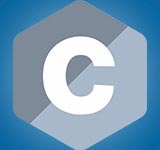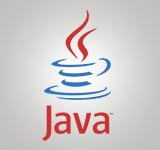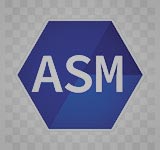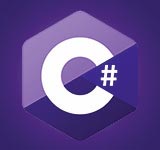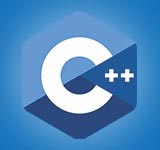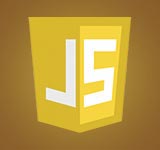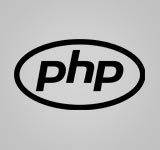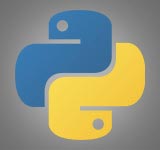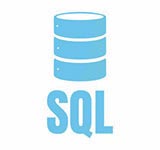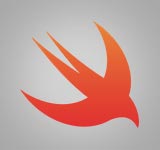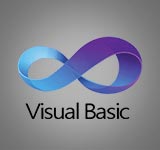C programming language is one of the computer programming languages. Created in 1972 by Dennis Ritchie for the Unix Operating System at the Bell Telephone Laboratories. Although C is made to program computer systems and networks, this language is also often used in developing application software. C is also widely used by various types of operating system platforms and computer architecture, even some very popular compilers are available.
Java is a programming language that can be run on various computers including mobile phones. The main advantage of Java is that it can be run on several computer operating systems, platforms, according to the principle of writing once, run anywhere. With this advantage, programmers simply write a Java program and compile (change, from a language understood by humans to machine language / bytecode) once the results can be run on multiple platforms without change. This advantage allows a java-based program to be done on a Linux operating system but runs well on Microsoft Windows. Platforms supported to date are Microsoft Windows, Linux, Mac OS and Sun Solaris. The reason is that each operating system uses its own program (which can be downloaded from the Java site) to interpret the bytecode.
3. R
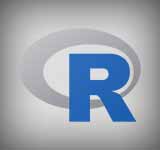
Assembled Language is a representation of machine language that is designed to be more easily understood by humans. By using assembly language, a programmer can more easily remember instructions using symbols that are more understandable than when using the machine code mnemonic symbol directly. Likewise, the leap mechanism commonly found in machine languages usually uses memory addresses, programmers can more easily use labeling facilities found in assembled languages than using certain memory addresses in mnemonic codes.
C# is an object oriented programming language developed by Microsoft as part of the framework framework of the .NET Framework. C# can sometimes be referred to as a programming language that best reflects the basis of the CLR where all .NET programs are running, and this language is very dependent on the framework because it is specifically designed to take advantage of the features available on the CLR.
C++ is a computer programming language created by Bjarne Stroustrup, which was a development of C language developed in Bell Labs. In C++ new concepts such as classes with characteristics such as inheritance and overloading are added. One of the most basic differences with C language is support for the concept of object oriented programming.
JavaScript is a high level and dynamic programming language. JavaScript is popular on the internet and can work on most popular web browsers such as Internet Explorer (IE), Mozilla Firefox, Chrome, Netscape and Opera. JavaScript can be used for many purposes, for example to create rollover effects in both images and text, and the important thing is to create AJAX. JavaScript is the language used for AJAX.
8. MATLAB
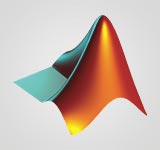
9. OpenCL

PHP: Hypertext Preprocessor is a script language that can be embedded or inserted into HTML. PHP is widely used to program dynamic websites. PHP can be used to build a CMS. Initially PHP was short for Personal Home Page. PHP was first created by Rasmus Lerdorf in 1995. At that time PHP was still called Form Interpreted (FI), whose form was a set of scripts used to process form data from the web.
Python was developed by Guido van Rossum in 1990 at the Centrum Wiskunde & Informatica (CWI), Amsterdam as a continuation of the ABC programming language. In 1995, Guido moved to CNRI in American Virginia while continuing to develop Python. In 2000, Guido and Python core developers moved to BeOpen.com which is a commercial company and formed BeOpen PythonLabs. Python 2.0 was released by BeOpen. After removing Python 2.0, Guido and several members of the PythonLabs team moved to DigitalCreations.
12. Ruby

SQL is a language used to access the data in the database relational. This language is the standard language used in relational database management. At present almost all existing database servers support this language to do data management. The history of SQL starts from the article of a researcher from IBM named Jhonny Oracle who discussed the idea of making a relational database in June 1970. This article also discusses the possibility of creating a standard language for accessing data in the database.
14. ABAP

15. Ada

16. Apex

17. Bash

18. COBOL

19. D
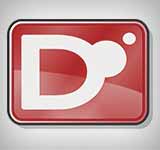
20. Dart

21. Delphi/Object Pascal
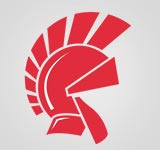
22. Erlang

23. F#

24. Fortran

25. Go

26. Groovy

27. Hack

28. Haskell

29. Julia

30. Kotlin

31. LabVIEW

32. Ladder Logic

33. Lisp

34. Logo

35. Lua

36. Objective-C
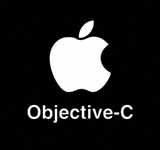
37. PL/SQL
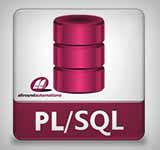
38. Perl

39. Prolog

40. REXX

41. Rust

42. SAS
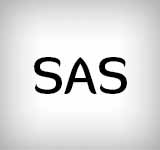
43. Scala

44. Scheme

45. Scratch
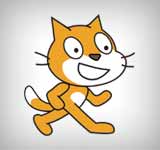
Swift is a programming language from Apple for iOS, macOS, TVOS, watchOS and Linux, on the developer conference WWDC 2014 was presented. It is a multiparadigmatic language that incorporates the ideas of Objective-C, Rust, Haskell, Ruby, Python, C#, CLU, D and other programming languages. It provides mechanisms such as classes, inheritance, closures, type inference, higher order functions, generic types and namespaces, and multiple return types and values. The Compiler based on LLVM.
47. Tcl

48. Transact-SQL

49. Visual Basic
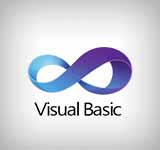
Microsoft Visual Basic .NET is a tool to develop and build applications that move on the .NET Framework system, using BASIC language. Visual Basic .NET language itself adheres to the paradigm of object-oriented programming languages which can be seen as an evolution of an earlier version of Microsoft Visual Basic that is implemented on the .NET Framework. Whether Visual Basic .NET is considered a Visual Basic version or truly a different language is a hot topic of debate. This is because the syntax of the Visual Basic .NET language does not undergo very drastic changes, and only adds some support for new features such as structured exception handling and short-circuit expressions.

